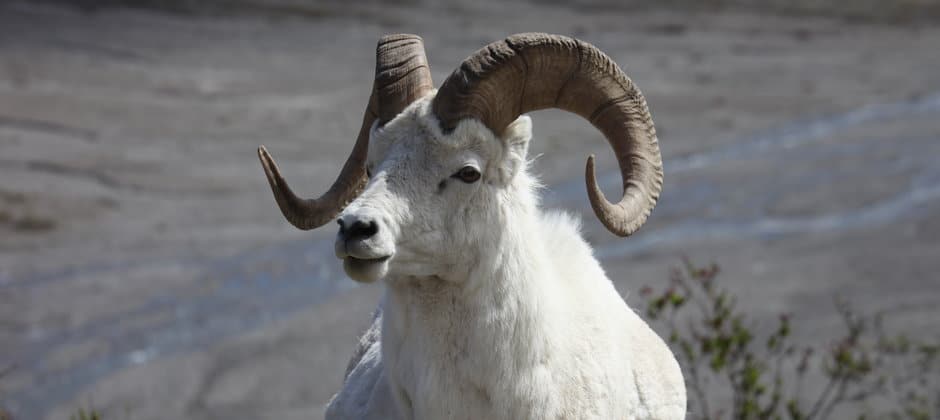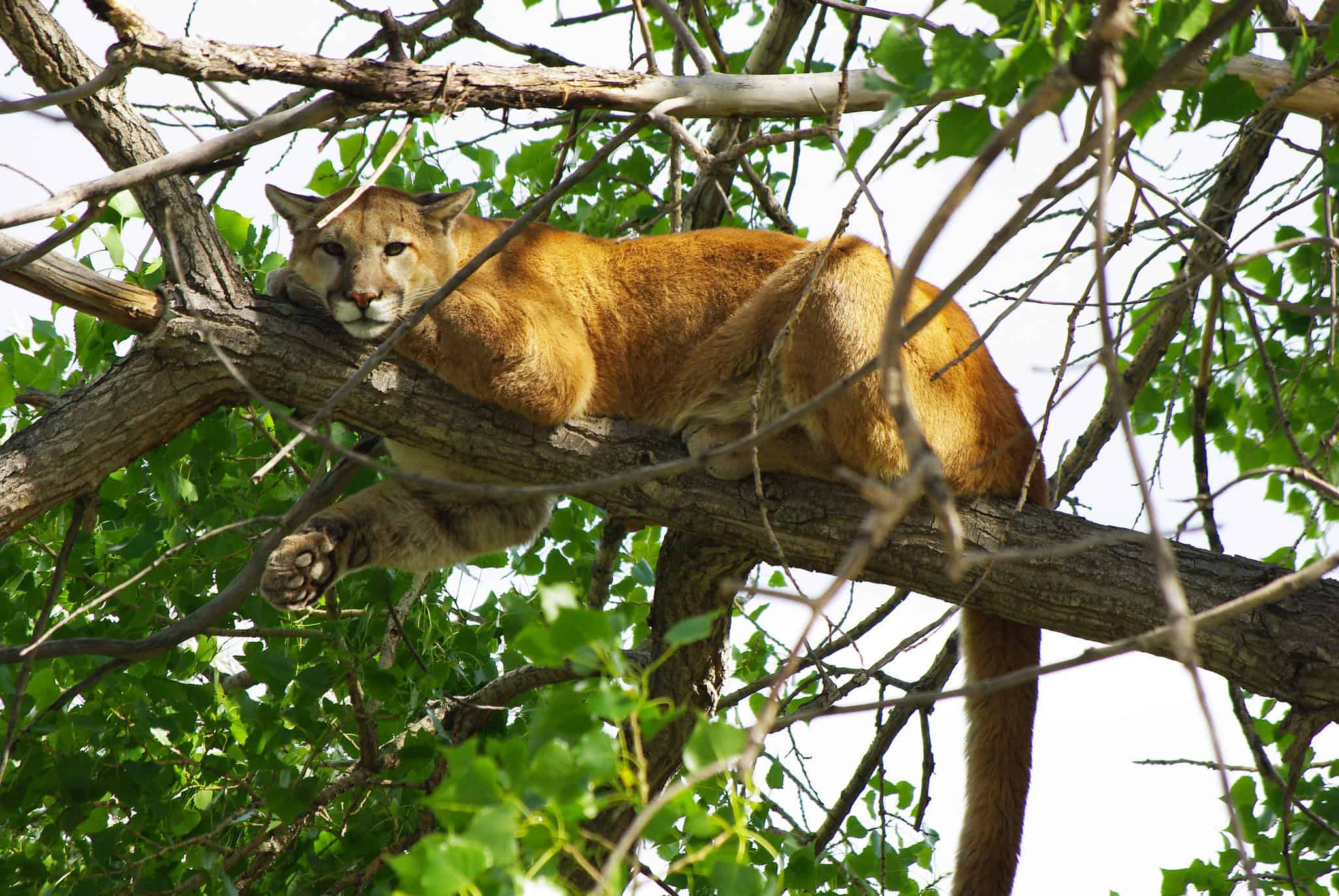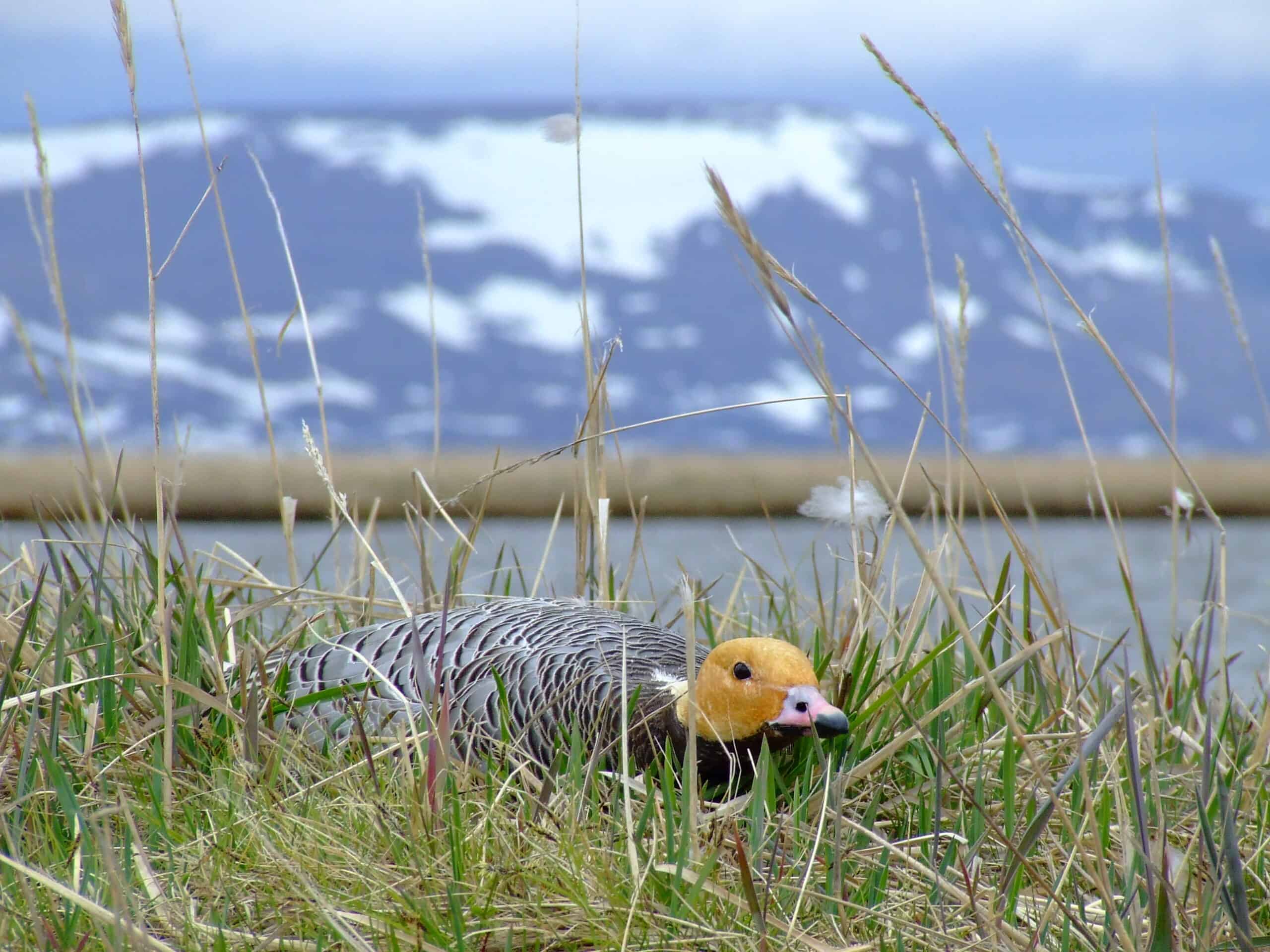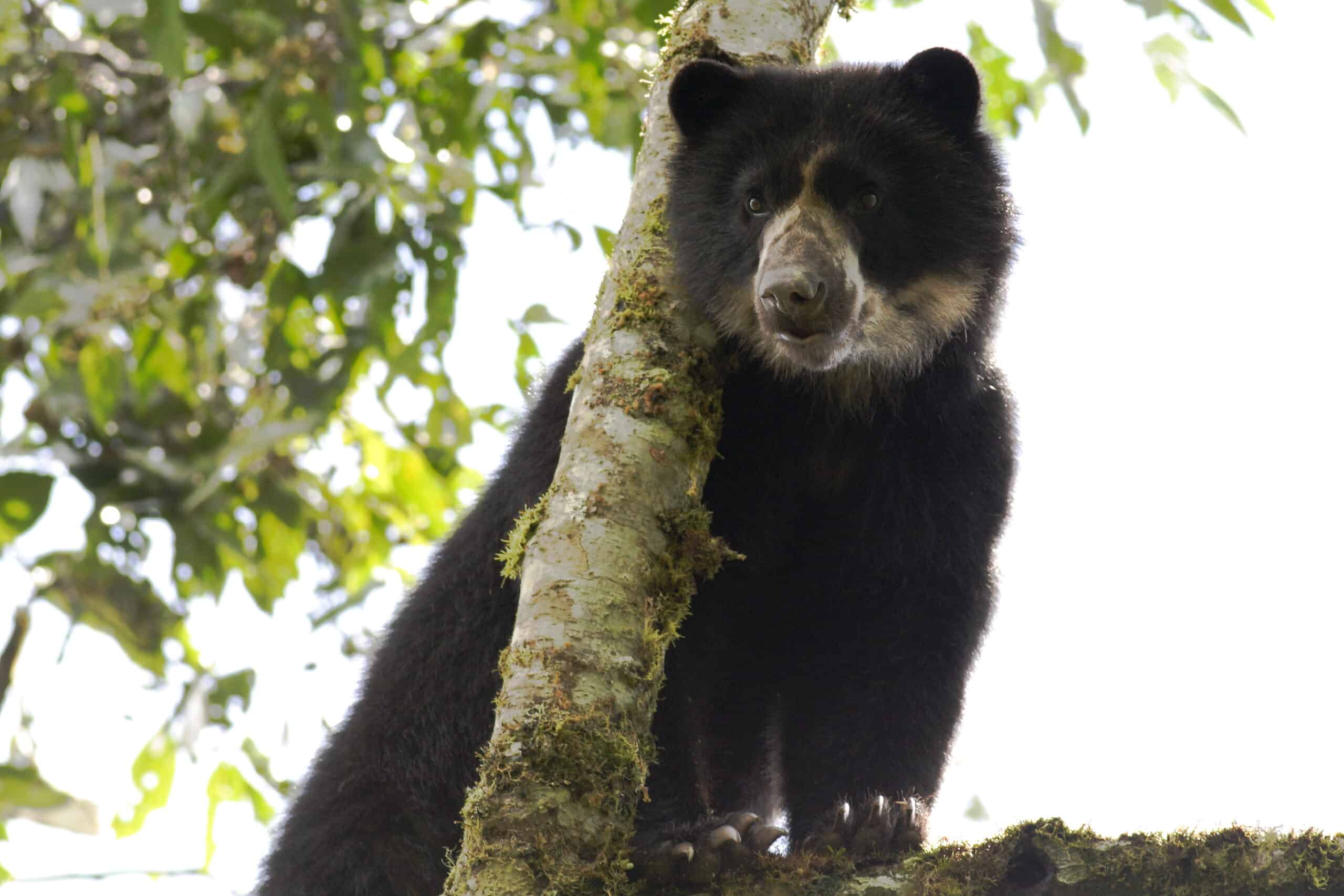Share this article
JWM: Vegetation and snow events impact Dall’s sheep survival
For Dall’s sheep, environmental factors in the alpine regions they occupy play critical roles in their survival.
In some regions, like the western Brooks Range in Alaska, major declines in the species have resulted in hunting closures and concerns about the populations’ future. In other areas, like the Chugach Mountains, numbers are more stable and possibly even increasing.
“Dall’s sheep are a great focal species or indicator species about what might be going on in these alpine regions,” said Laura Prugh, an associate professor of quantitative wildlife science at the University of Washington and senior author on a recent study on the sheep published in the Journal of Wildlife Management. “And the trends throughout their range looks highly variable.”
To try to account for these differences, Prugh and her colleagues set out to find what factors were affecting Dall’s sheep (Ovis dalli) survival, particularly taking into account how climate change might impact them.
Dall’s sheep live in mountainous regions in Alaska and northwest Canada — remote areas where it’s difficult for biologists to work and few weather stations are in place to collect data. To understand the conditions there, the researchers turned to remote sensing data.
“The project is part of a big field campaign that NASA is funding on the Arctic and boreal vulnerability,” Prugh said. “This was a great opportunity to do a large-scale study compiling data on Dall’s sheep populations and taking advantage of being part of the NASA field campaign to look at broad-scale environmental factors for why some species are declining and some others are increasing,”
To conduct the study, the researchers collected and compiled radio collar data on Dall’s sheep across their range from collaborators who had monitored the sheep. Remote sensing data had been available over a long time span, so they were able to go back in time and obtain environmental data that corresponded with the radio collar studies.
Prugh and her colleagues looked at different factors including vegetation productivity in the summer and the frequency of ice freezing and thawing in the winter. Since anecdotal accounts suggested winter rain and snow freezing and covering forage led to mass mortality among species like caribou and muskox, Prugh wondered if that might also be true for the sheep. “Dall’s sheep also need to access ground forage all winter,” she said.
The researchers found that summer vegetation productivity was the most important predictor for lamb survival. For adults, the number of winter freeze-thaw events the prior year — which they measured using remote sensing of microwave emissions from the earth — had the greatest effect on survival. During the winter, the ungulates have poor body conditions, Prugh said, and they feed on dead grass and forage to maintain body mass. But when fluctuating temperatures cause ice to freeze over that forage, she said the sheep can’t forage as much. “I think there’s often delayed effects with long-lived animals like ungulates,” she said. “The impacts on their body condition are going to manifest until the next year.”
Temperature also impacted the sheep. Higher winter temperatures improved survival, but only when temperatures weren’t so warm that they caused freeze-thaw events. “That was kind of an interesting finding, indicating that up to a point climate global warming could increase sheep survival, increasing summer productivity and having positive effects on adult survival,” she said.
But if temperatures get too warm, leading to midwinter thaw events — events that historically have been rare but are becoming increasingly common — “that might change the situation to where global warming would have a negative effect on the sheep,” she said.
Prugh said the next phase of the project is looking at how high temperatures need to rise to cause these problems. She hopes the findings can help managers anticipate sheep survival based on local environmental conditions and set harvest regulations accordingly.
This article features research that was published in a TWS peer-reviewed journal. Individual online access to all TWS journal articles is a benefit of membership. Join TWS now to read the latest in wildlife research.
Header Image: Vegetation productivity in the summer affects Dall’s sheep lamb survival, while freeze-thaw events impact adult survival in the winter. Credit: Steve Arthur








